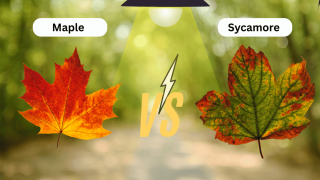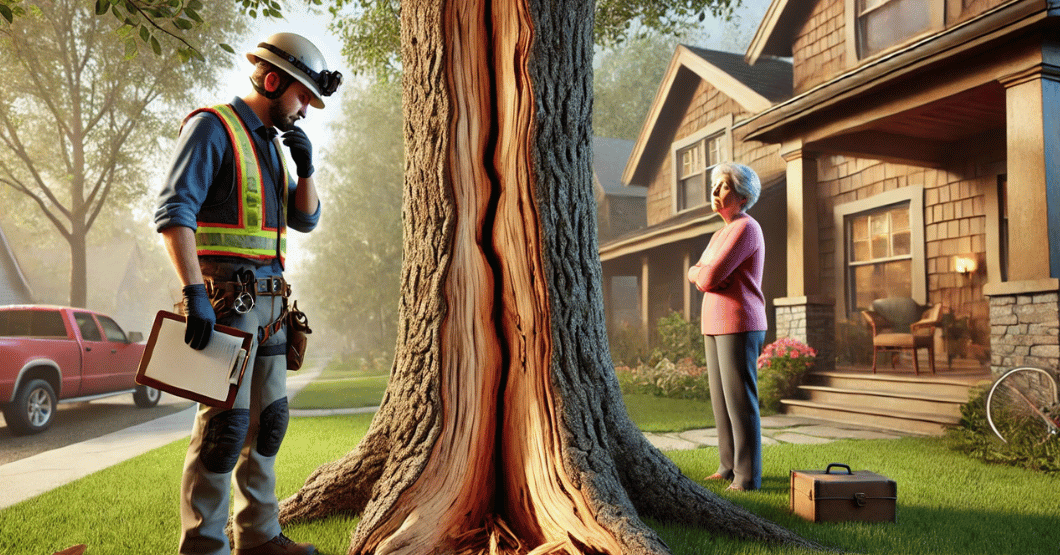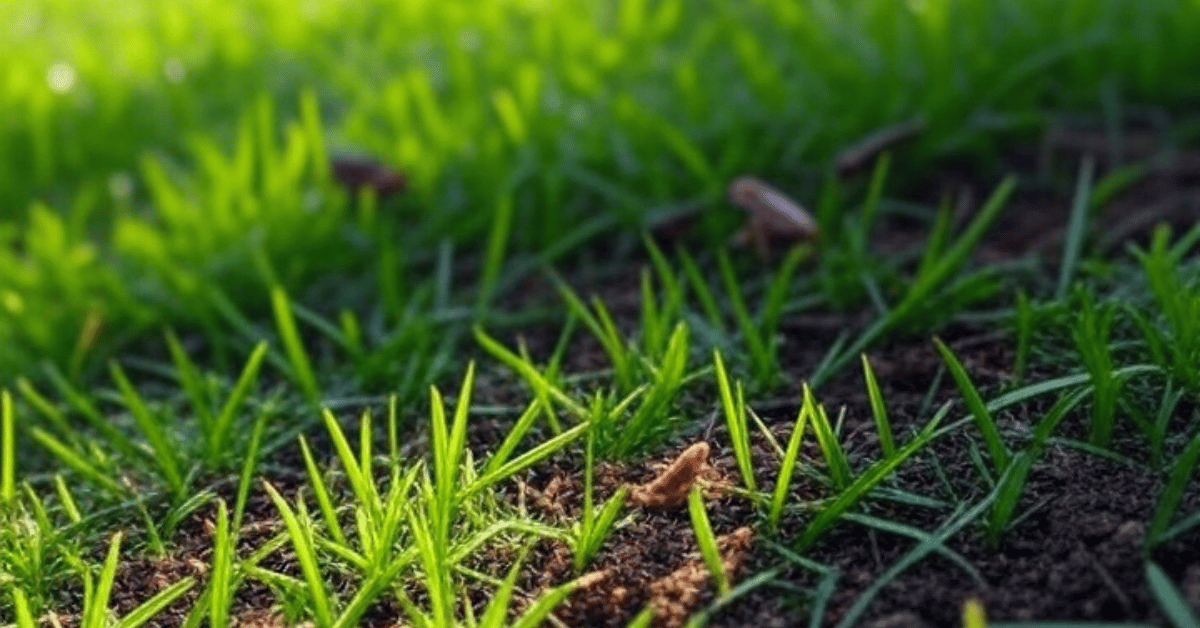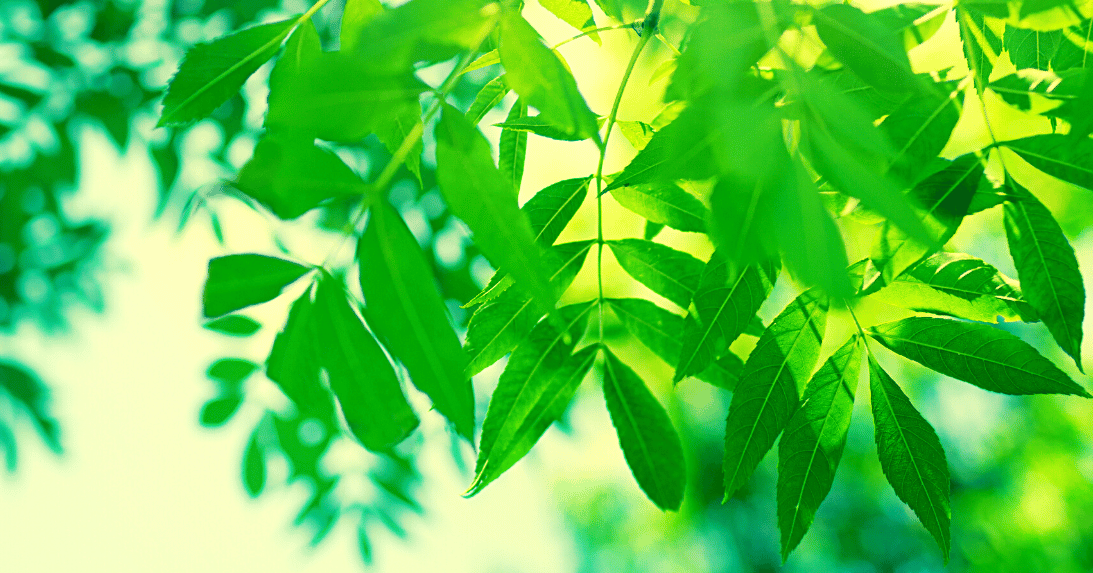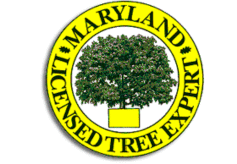Homeowners bring us a lot of leaves each fall and ask the same question: is this sycamore or maple? I get it. Both have broad, lobed blades and long petioles. Both turn heads with big canopies and peeling bark. But once you learn a few cues, “sycamore tree leaf vs maple” is an easy call in the yard.
Start with leaf arrangement. Look at how the leaves attach along the twig. Maples use an opposite leaf arrangement. Two leaves sit directly across from each other at the same node. Sycamores in the Platanus genus use an alternate leaf arrangement. One leaf per node, stepping down the twig. If you only remember one thing, remember this. It holds true in summer and winter when you’re down to buds and terminal buds.
Now look at the leaf itself. Maple blades are usually smaller, with a neater outline and clear lobes split by deep sinuses. The classic palmate pattern stands out, like a hand with fingers. Red maple, Acer rubrum, is a good example in our region. Its lobes are pointed, and the serrated leaf margins give the edge a fine saw-tooth look. The leaf surface feels thinner, and the midrib is straight with tidy side veins branching toward each lobe. In fall, red maple lights up early.
Sycamore leaves are larger and broader, often as wide as a dinner plate on mature trees. The lobes are shallower, and the outline looks more like a rough circle with gentle waves. The leaf surface is thicker, with a leathery texture. Veins are bold and feel prominently depressed veins from above, raised from below. Petioles are long and sometimes enclose the buds at their base. Many people call the shape a maple-like silhouette, but once you hold both, the sycamore’s mass and thickness give it away.
Bark is your next clue. Maples split and ridged with age. Think layered plates and a firm, scaly texture on older trunks. Red maple shows fine horizontal cracks and narrow, vertical plates as it matures. Sycamore bark tells a different story. The outer brown layer sheds in irregular bark flakes, exposing patches of smooth bark beneath. You get that famous mottled appearance with olive, tan, and creamy white. On big street trees, you can spot a sycamore from half a block away just by the patchwork.
Fruits separate the two even in winter. Maples carry winged seeds called samaras. Kids call them helicopters. They come in pairs on many species and ripen at different times depending on the maple. Sycamores hang hard, round seed balls on dangling clusters that persist into winter. When they break apart, they shed fluffy seeds to the breeze. If you find a twig with a straw-colored ball on a thin stalk, you’re holding sycamore.
A note on names. In Europe, Acer pseudoplatanus is called “sycamore maple.” The leaf does look a lot like our sycamores in Platanus, and the bark can show some patching. But it is still a maple, with an opposite leaf arrangement and paired samaras. If you see “pseudoplatanus,” think maple first.

Leaf Identification Features that matter in the field
When I guide clients through an ID, I walk them through five quick checks:
- Arrangement on twig: opposite (maple) or alternate (sycamore).
- Leaf size and lobes: smaller and tidy with serrations (maple) versus larger, broader, and less sharply lobed (sycamore).
- Veins and surface: finer network (maple) versus bold veins and thicker feel (sycamore).
- Bark: plates and ridges (maple) versus peeling patches with smooth bark showing (sycamore).
- Fruit: paired samaras (maple) versus round balls on strings (sycamore).
Color and bloom timing help but can vary with site conditions. Flower structure sits high in the branches and is hard to read without practice, so I do not lean on it for quick calls.
Species-Specific Leaf Traits
When I compare specific maples to American sycamore in the field, I start with the leaf surface. Red maple shows thin blades with fine side veins and a clean edge, while sycamore leaves feel heavier and a bit waxy, with prominently depressed veins you can trace by touch. Bark confirms it: older maples take on a layered, ridged appearance with occasional horizontal cracks and a scaly texture on plates, but sycamore sloughs off in sheets, leaving a pale, mottled appearance that you can spot from the street. Spring cues help too bloom timing and flower structure differ, with maples setting paired samaras soon after, whereas sycamore forms hard seed balls that hang late. Put all of it together: leaf surface, vein pattern, bark texture, and fruit, and the species call becomes straightforward even from a small twig.
Comparative analysis of common species
Acer rubrum (red maple) versus American sycamore (Platanus occidentalis) is the pairing we see most around homes. Red maple leaves are three to five lobed, medium in size, and often show a pale underside. The petiole bleeds a hint of red in spring. Buds are small and close, reflecting that opposite pattern. The margin structure is sharper, with clear teeth. The bark on young trees is smooth and gray, then turns ridged with age.
American sycamore leaves dwarf most maples in area. The lobes are rounded. The petiole is stout and can hide the tiny terminal buds. Bark peels to those creamy panels you see in parks and along rivers. Seed balls hang single or in pairs. Twigs zig-zag because of the alternate pattern. On mature trunks you’ll see big sheets of bark lifting and falling, more dramatic than any scaly texture you’ll find on maple.
If you run your fingers across the leaf, maples are often thin and smooth. Sycamores can feel slightly waxy or stiff, with veins you can trace like cords.
Additional tree leaf comparisons
Clients also mistake sweetgum leaves and yellow poplar leaves for maples. Liquidambar styraciflua (sweetgum) bears star-shaped leaves. Five pointed lobes, very even, and a glossy leaf surface. Sweetgum keeps that star perfect across the canopy. The fruit is a spiky ball, not a samara, and twigs show corky wings on some cultivars. We also see exotic sweetgum relatives such as Liquidambar orientalis and Liquidambar acalycina in collections. They share the star form, though color and gloss can vary.
Yellow poplar (tuliptree) has a squarish leaf with a notch at the tip. People sometimes call it “maple-like,” but once you notice the clipped top lobe, you won’t confuse it again. The margins are smooth rather than serrated, and the leaf shape looks like a cat’s face to some eyes. Big blooms in late spring make ID easy from the ground when petals fall.
We also get photos of Norway maple and the European Acer pseudoplatanus after storms. Norway maple bleeds milky sap from the petiole when snapped. Acer pseudoplatanus can show broader lobes and a coarser ridged appearance in bark, but it still holds to opposite leaves and paired samaras.
Bark and twig clues when leaves are gone
In winter, look tight at the terminal buds and the twig pattern. Opposite buds and short internodes point to maple. Alternate buds and a longer step between nodes point to sycamore. Sycamore twigs are thicker, often with a tan cast, and leaf scars can be large. Maples may show small paired buds flanking the tip. On trunks, maples build plates; sycamores flake and reveal that mottled appearance with big patches of smooth bark.
Why the ID matters
Correct ID keeps your pruning plan sound. Maples respond well to light structural work when young. We avoid heavy cuts that open broad decay columns along the leaf veins and branch unions. Sycamores carry weight on long limbs and need careful reduction to balance sail without over-thinning. Knowing the species also guides timing. For both, we steer clear of heavy spring cuts when sap runs. We time work to protect vigor and reduce pest pressure on the fresh leaf surface.
If you’re still stuck on “sycamore tree leaf vs maple,” bring us a twig with two leaves and the fruit, if you have it. Keep a few inches of the current-year growth so we can check petioles, nodes, and any samaras or balls. A quick look under good light usually solves it.
At Strobert Tree Services, our ISA-Certified Arborists read these signs every day. Whether it’s a street maple with storm cracks or a riverbank sycamore dropping heavy limbs, we match the biology to the care plan and keep your canopy safe and healthy.


